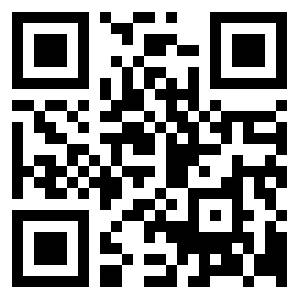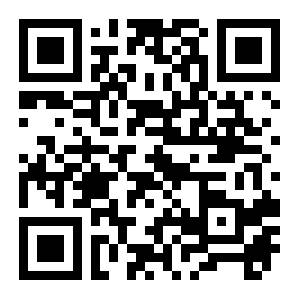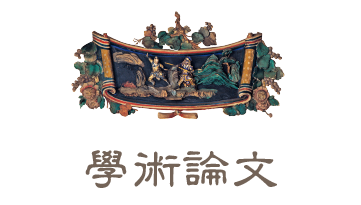
雷聲普化天尊之圖像
Abstract
The present paper is focused on the visual representations of the supreme Daoist god of thunder, Leisheng puhua tianzun 雷聲普化天尊, who emerged in the twelfth century as one of the Nine Sovereigns, Jiuchen 九宸, of the Shenxiao 神霄 tradition. The main vehicle of the god was the the Scripture of the Jade Pivot, Yushu jing 玉樞經, one of the crucial texts of modern Daoism, and the main scriptural expression of the Thunder Rites of the Shenxiao tradition. It was written around 1200 and promoted in the milieu around Bai Yuchan 白玉蟾 (1194-1229), the so-called Fifth Patriarch of the Southern School of inner alchemy. However, this new god clearly had ancient roots, both in the early Daoist traditions of the Six Dynasties, and in popular cults of the god of thunder in parts of southern China. It will be demonstrated that the historical evolution of the iconography of Puhua tianzun reflects both this pre-history of the god, and the changing definitions of the god as a high ranking deity within Daoist liturgies.
A notable example of the popular worship of the god of thunder is the cult of the King of Thunder, Leiwang 雷王, centered in Zhanjiang 湛江, a prefecture-level city on the coast of the Leizhou 雷州 peninsula in southwestern Guangdong. The statue of the King found in the main temple in Zhanjiang shows the god with a bird’s head, wings, bared legs and upper body, and beating drums, that is, in a form that is ultimately derived from the iconography of the ancient Duke of Thunder, Leigong 雷公, that was current during the Tang dynasty. It is quite clear, however, that the King of Thunder of Zhanjiang is locally identified with Puhua tianzun, and indeed, the mentioned features of the statue occur very commonly in popular images of Puhua tianzun in other parts of South China, for instance, in Hunan. Even in Daoist ritual scrolls from the Ming dynasty, Puhua tianzun is some times represented with the same appearance as this popular god. However, as one of the Nine Sovereigns, i.e., as one of the supreme rulers worshipped in Daoist ritual, the iconography of Puhua tianzun is remarkably different.
The new iconography of Puhua tianzun is determined by the descriptions of the god found in the Yushu jing, notably, in the various hymns addressed to the god. Moreover, the content and structure of the scripture further has determined a dual appearance of the god, associated with the concepts of ti 體 and yong用,essence and function (or substance and use), which each relate to the different roles of the god. Thus, in the first part of the book, devoted to the description of the cultivation of the Dao, Puhua tianzun appears in the shape of a Daoist priest holding a ruyi 如意 scepter, the symbol of the wisdom expressed in his revelation of the scripture. The second part of the book describes the various functions of calling out the name of the god, or reciting the whole scripture, especially for exorcistic purposes, and it is associated with images that portray him as a kind of “wrathful” deity, modeled on the appearance of the spirit mediums that had come to be widely used in Daoist ritual since the Song dynasty.
It is this latter appearance that has governed the portrayal of Puhua tianzun in the forms of Daoist art found in most parts of China. We shall take a look at a particularly beautiful example, commissioned by the Wanli emperor in 1596 and kept in the National Museum in Copenhagen, in which we may note that the iconography of popular thunder deities is still represented in the members of the Thunder Department, Leibu 雷部, who surround the supreme god of thunder. However, in addition, we find that in some parts of China (southern Fujian and Taiwan), Puhua tianzun has adopted special features that are derived from Buddhism. Thus, in ritual scrolls used by Daoist priests in Taiwan, the god is shown, not only holding a ruyi scepter, but also riding on a white elephant, an element that is adopted from standard portrayals of Samantabhadra (who also normally holds a ruyi scepter). This correlation would seem to be caused by the fact that in parallel forms of Buddhist ritual in this region, Samantabhadra is indeed placed in the corresponding part of the sacred area. It should be emphasized, however, that the shared features of the two gods by no means justify Kristofer Schipper’s conflation of the two, expressed in his references to Puhua tianzun as “the Daoist Samantabhadra.” I shall conclude this paper by a brief discussion of the question of the identification of deities across religious boundaries, in general, offering arguments against such identification in the case of Puhua tianzun, in particular.

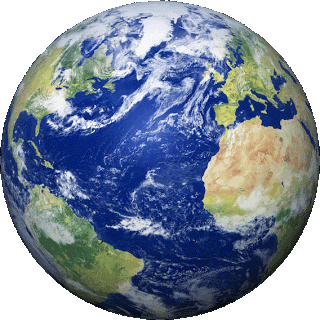
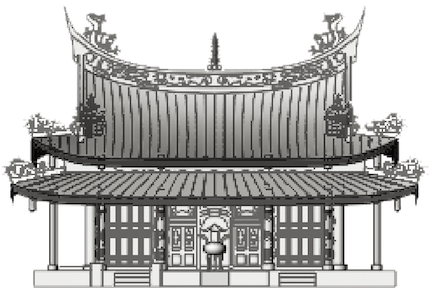 大龍峒保安宮
大龍峒保安宮
